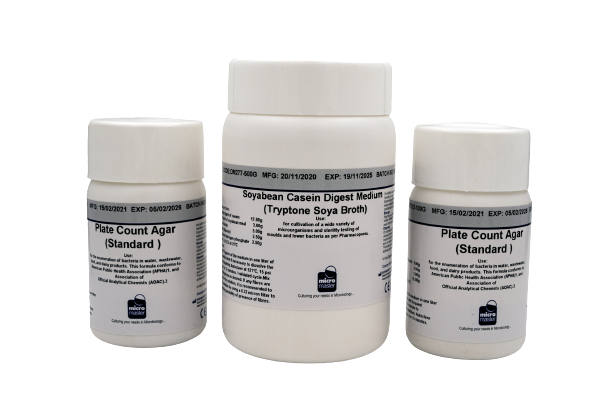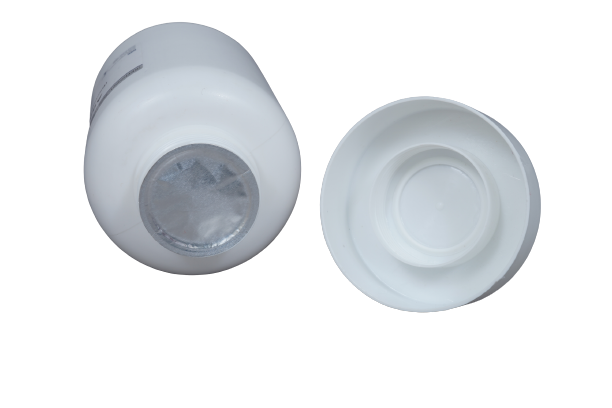Culturing cells in natural or artificial/synthetic media is one of the foremost techniques in life sciences. The cells are either cultured for isolation and identification purposes or for the production of secondary metabolites including antibiotics, antitumor agents, enzymes, pigments, siderophores, etc.
Dehydrated culture media plays vital role in microbe culture cultivation and is extensively used in pharmaceuticals, hospitals, biotech industries, research institutes, etc. These media can be simple or complex. The appropriate concentration of various components is essentially required for in vitro cultivation.
DCM application includes checking microbial flora in any samples like tablets,milk,water,food,air etc alongwith identification of microbes at species level.
Micromaster offers various DCM like simple media, selective/differential media for the cultivation of microbes. We have formulated and developed DCM for complete microbe nourishment to accelerate their adaptation and persistent survival, healthy colony growth, and specific functions leading to easy and rapid detection




